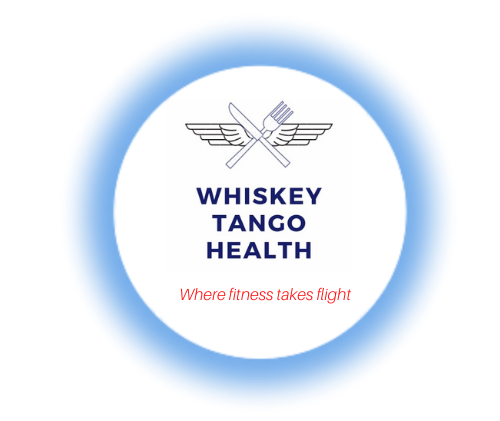Diabetes is one of the most common diseases in the United States. Over 15% of the total population in the US has diagnosed Diabetes, that is over 35 million people. The amounts of people that have undiagnosed diabetes or pre-diabetes is estimated to be over 50% of Americans and this goes up every year. Type 2 diabetes makes up over 95% of all cases.
What is diabetes? Basically diabetes is the medical term used to describe the body’s inability to process blood glucose efficiently or at all. There are two types of diabetes and I’m sure you’ve heard of diabetes referred to as Type 1 (DM1) and Type 2 (DM2). So what’s the difference? Type 1 Diabetes or DM1 is an autoimmune disease. There are many types of autoimmune diseases, basically it means the body has attacked itself through a defective gene and has damaged some function of the body. In Type 1 diabetes, the body has attacked the insulin producing mechanism in the pancreas and cannot make its own insulin. As we discussed, insulin is a hormone that regulates many functions, but primarily allows glucose to enter the cells. If there is no insulin in the blood, the cells cannot get glucose and the result is eventual death. Type 1 diabetes was once called childhood diabetes because it usually manifests itself before adulthood. Once insulin was discovered and able to be produced artificially in the 1920’s, Type 1 diabetes was no longer a death sentence. Fun fact, in 1923 Dr. Banting and Dr. MacLeod received the Nobel Prize in Medicine for this discovery. So after that diabetes became manageable.
We won’t discuss Type 1 diabetes as it’s something out of our control, is managed with insulin and if you have DM1 you are already well aware of it. So we will focus on Type 2 or DM2. DM2 was very rare until the 1980’s that it was considered “late onset diabetes” because it usually manifested itself much later in life. Those of us that were born after the 1970s don’t realize this as it seems it’s just a part of life now, but it doesn’t have to be. DM2 is a result of Insulin Resistance, meaning that insulin can no longer regulate glucose in the blood efficiently. This is because so much carbohydrate consumption has happened over time, that the amount of glucose in the blood has been elevated for a very long time. And as we discussed earlier, if there is glucose in the blood, there has to be insulin. When too much insulin has been in the blood for too long of a time, years usually, then the blood is said to be hyperinsulinema. The pancreas receptors get damaged and the insulin becomes non effective. This is called Insulin Resistance, which is the beginning of Type 2 diabetes. This is very reversible through diet by taking out the glucose in the blood, the insulin will return to normal levels. Depending on how long one has been insulin resistant, the results could be weeks or months to reverse Type 2 Diabetes. Managing T2 diabetes with medication as it’s being treated will only manage T2 diabetes and never reverse it. The only way to do that is through diet and exercise.


